9.4.2
China in Africa & Asia
China and Africa - Economic Influence
China and Africa - Economic Influence
There is increasing interdependence between emerging powers and the developing world as a result of economic ties and China's growing soft power.
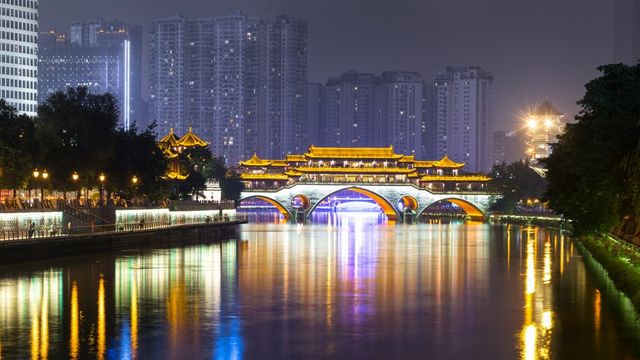

Natural resources
Natural resources
- As China has developed economically, its demand for resources has significantly increased.
- It has been gaining these resources from the developing world (particularly Africa) and so its trade relations here have grown.
- In 2000, China-Africa trade was a mere $10 billion. By 2014, that had increased more than 20-fold to $220 billion.
- In particular, China is able to source oil, copper, cobalt and iron ore from Africa.
- It also has markets for Chinese manufacturers and construction companies.
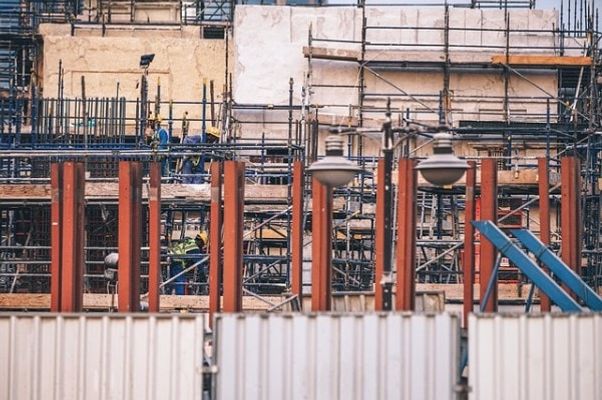

Trade and investment
Trade and investment
- China’s relationship with Africa has focused on trade and investment in infrastructure. This investment in infrastructure has been necessary to ensure that the transport links are viable for exporting raw materials.
- Between 2003-2017, Egypt was the largest receiver of Chinese investment. It received $24 billion dollars during this time.
- Other countries that have received large investment include Nigeria, Algeria, South Africa and Mozambique.
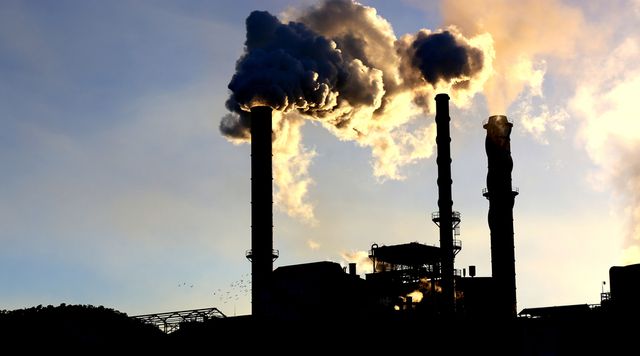

Environmental impact
Environmental impact
- By moving some industries to Africa, China has begun to ‘offset’ some of its emissions.
- In other words, it looks as though the emissions are coming from African nations whereas it is for Chinese production and thus, arguably, China’s emissions.
- The industries that this is particularly relevant for is steel and cement, which cause air and water pollution.
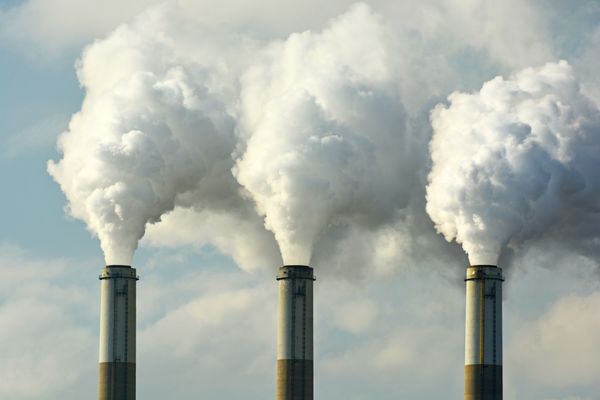

Pollution havens
Pollution havens
- The World Bank study looked at more than 3,000 overseas projects founded or operated by China and found that it often treats poor nations as ‘pollution havens”. China transfers its own environmental degradation to developing nations that are desperate for foreign investment.
- However, you could also argue Western nations have done this in the past.


Neo-colonialism?
Neo-colonialism?
- Many argue that this investment is a form of neo-colonialism like that peddled by the Bretton Woods institution. China is trying to gain influence in the region.
- Others highlight that Africa needs investment and this investment creates jobs for local people. They also get better public transport from the China-funded railways in Ethiopia and Kenya.
- Over 1 million Chinese people have moved to Africa since 2005. They help to cause a multiplier effect by spending money which adds to the local economy.
Tensions among Emerging Asian Powers - China
Tensions among Emerging Asian Powers - China
As China and India increase in global economic importance, this increases the geopolitical influence of the region. However, it also creates economic and political tensions.
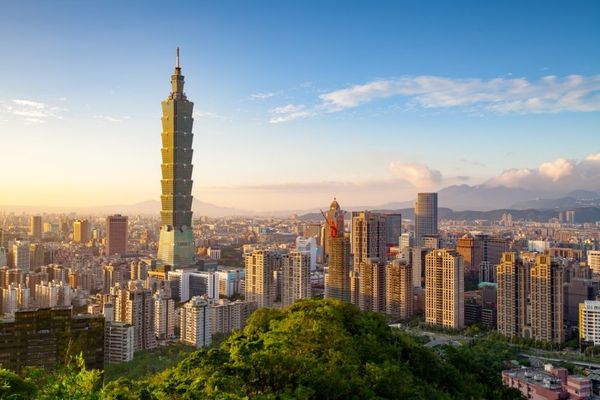

Taiwan and Tibet
Taiwan and Tibet
- There are growing geopolitical tensions over territorial claims with China and Taiwan and Tibet.
- China maintains a territorial claim to Taiwan as a Chinese province.
- The people in Tibet wish to be independent of China.
- However, the Chinese government has also encouraged migrants to move to Tibet which has raised tensions.
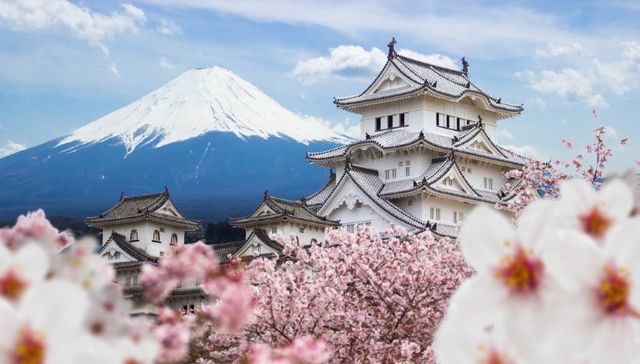

Japan
Japan
- There have always been tensions between China and Japan however currently they are major trading partners.
- One example of tension stems from the US troops stationed in Japan during the Chinese Civil War.
- Japan invaded the Chinese province of Manchuria in 1931 and the massacre of up to 300,000 in Nanking in 1937 remains a painful historic event.
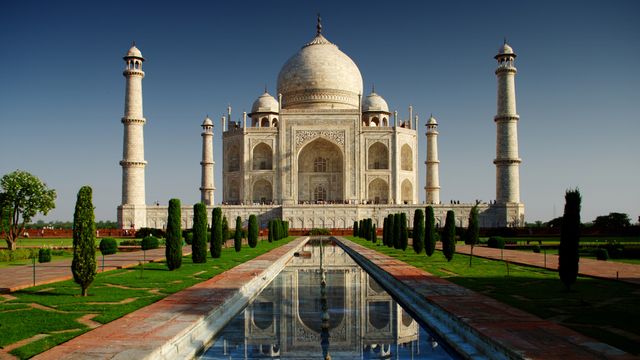

India
India
- There are also historic tensions between China and India- especially on their shared border.
- Both countries maintain a military presence on their border in the Himalayas.
- In early 2018, satellite imagery showed that both India and China continue to build up their ground forces in this area.
- However, the Himalayas are a good natural border. It is hard to move an army over the mountain range.
1Tectonic Processes & Hazards
1.1Tectonic Processes & Hazards
1.2Natural Disasters
1.3Natural Disaster Case Studies
1.4Trends & Patterns
2Option 2A: Glaciated Landscapes & Change
2.1Glaciated Landscapes Over Time
2.2Periglacial Landscapes
2.3Glacial Processes
2.4Glacial Landforms
3Option 2B: Coastal Landscapes & Change
3.1Coastal Landscapes
3.2Coastal Erosion & Deposition
3.3Coastal Risks
4Globalisation
4.1Globalisation
4.2Negatives of Globalisation
4.3Global Shift
4.5Culture
4.6Measuring Development
5Option 4A: Regenerating Places
5.1Types of Economies
5.2Function of Places
5.3Regeneration
5.4Regeneration Case Studies
6Option 4B: Diverse Places
6.1Population Structure
6.2Past & Present Connections
6.3Urban & Rural Spaces
6.4Diversity
6.5Urban & Rural Case Studies
6.6Case Study - Tower Hamlets
6.7Case Study - Sturton-le-Steeple
7The Water Cycle & Water Insecurity (A2 only)
7.1Hydrological Processes Global to Local
7.2Influences on the Water Cycle
7.3Water Insecurity
8The Carbon Cycle & Energy Security (A2 only)
8.1The Carbon Cycle
8.2Energy Consumption
8.3Alternative Energy
8.4Growing Demand for Resources
9Superpowers (A2 only)
9.1Superpowers
9.2Hard & Soft Power
9.2.1Hard & Soft Power
9.2.2Emerging Powers - China Rivalry
9.2.3Emerging Powers - Chinese Sources of Power
9.2.4Emerging Powers - Brazil
9.2.5Emerging Powers - Russia
9.2.6Emerging Powers - India
9.2.7Theories of Development
9.2.8Power Case Studies: Chinese One Belt One Road
9.2.9Power Case Studies: Pakistan Nuclear Arms
9.2.10Power Case Studies: OPEC
9.3IGOs, TNCs & Alliances
10Option 8A: Health & Human Rights (A2 only)
10.1Human Development
10.2Role of Governments & IGOs
10.3Human Rights
10.4Interventions
11Option 8B: Migration & Identity (A2 only)
11.1Globalisation & Migration
11.2Consequences of Migration
11.3Nation States
11.4Responses to Global Migration
Jump to other topics
1Tectonic Processes & Hazards
1.1Tectonic Processes & Hazards
1.2Natural Disasters
1.3Natural Disaster Case Studies
1.4Trends & Patterns
2Option 2A: Glaciated Landscapes & Change
2.1Glaciated Landscapes Over Time
2.2Periglacial Landscapes
2.3Glacial Processes
2.4Glacial Landforms
3Option 2B: Coastal Landscapes & Change
3.1Coastal Landscapes
3.2Coastal Erosion & Deposition
3.3Coastal Risks
4Globalisation
4.1Globalisation
4.2Negatives of Globalisation
4.3Global Shift
4.5Culture
4.6Measuring Development
5Option 4A: Regenerating Places
5.1Types of Economies
5.2Function of Places
5.3Regeneration
5.4Regeneration Case Studies
6Option 4B: Diverse Places
6.1Population Structure
6.2Past & Present Connections
6.3Urban & Rural Spaces
6.4Diversity
6.5Urban & Rural Case Studies
6.6Case Study - Tower Hamlets
6.7Case Study - Sturton-le-Steeple
7The Water Cycle & Water Insecurity (A2 only)
7.1Hydrological Processes Global to Local
7.2Influences on the Water Cycle
7.3Water Insecurity
8The Carbon Cycle & Energy Security (A2 only)
8.1The Carbon Cycle
8.2Energy Consumption
8.3Alternative Energy
8.4Growing Demand for Resources
9Superpowers (A2 only)
9.1Superpowers
9.2Hard & Soft Power
9.2.1Hard & Soft Power
9.2.2Emerging Powers - China Rivalry
9.2.3Emerging Powers - Chinese Sources of Power
9.2.4Emerging Powers - Brazil
9.2.5Emerging Powers - Russia
9.2.6Emerging Powers - India
9.2.7Theories of Development
9.2.8Power Case Studies: Chinese One Belt One Road
9.2.9Power Case Studies: Pakistan Nuclear Arms
9.2.10Power Case Studies: OPEC
9.3IGOs, TNCs & Alliances
10Option 8A: Health & Human Rights (A2 only)
10.1Human Development
10.2Role of Governments & IGOs
10.3Human Rights
10.4Interventions
11Option 8B: Migration & Identity (A2 only)
11.1Globalisation & Migration
11.2Consequences of Migration
11.3Nation States
11.4Responses to Global Migration
Unlock your full potential with Seneca Premium
Unlimited access to 10,000+ open-ended exam questions
Mini-mock exams based on your study history
Unlock 800+ premium courses & e-books